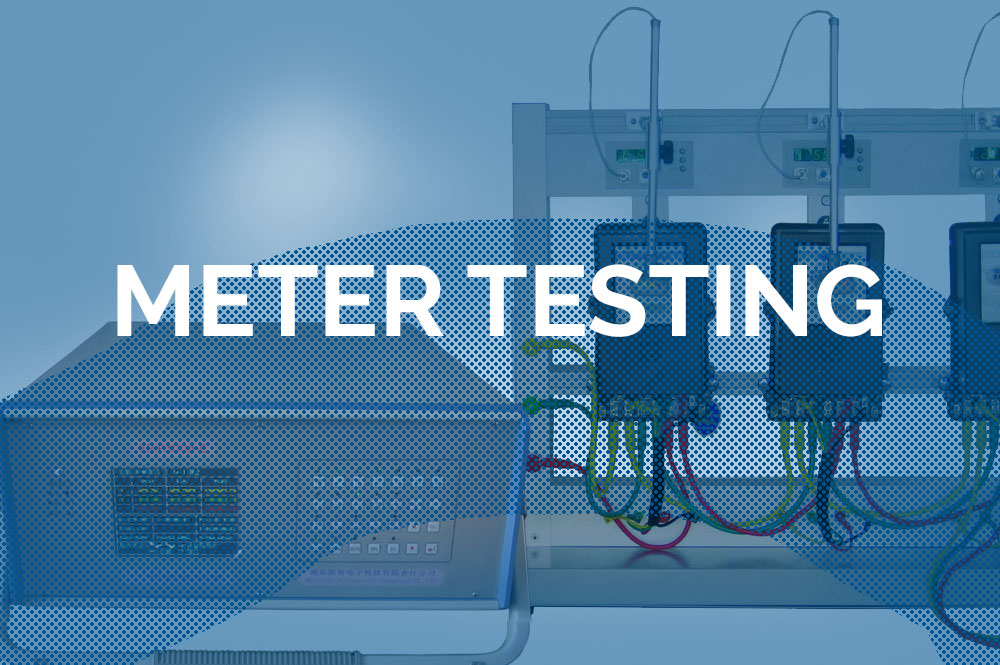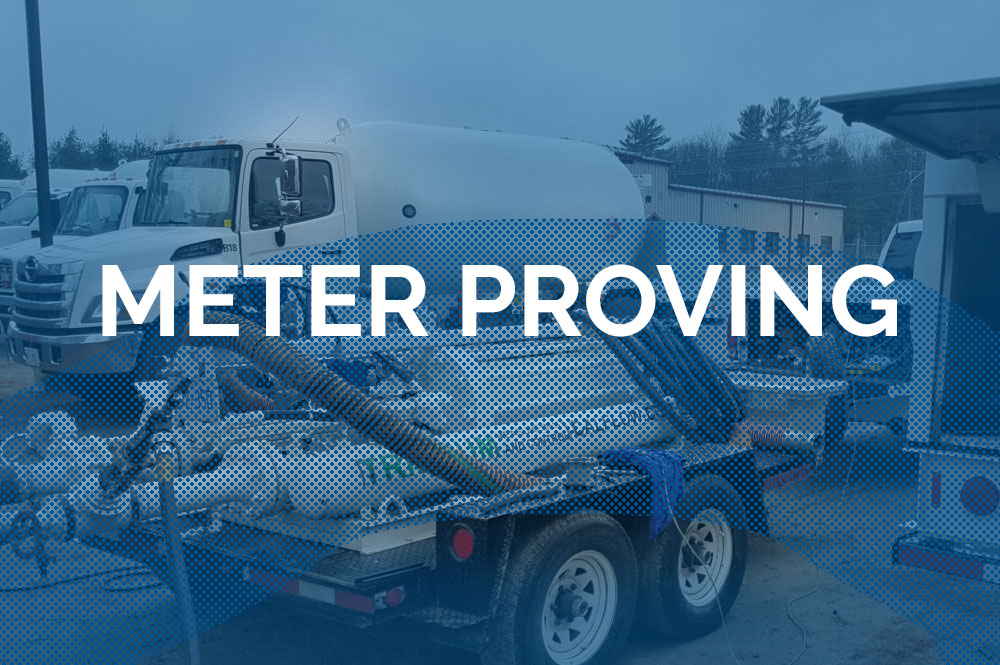You can be thinking that meter testing and meter proving are one in the same – well they aren’t – here’s the differences between the two.
Meter proving occurs where a “prover” checks and confirms the accuracy of a meter whether digital , also known as SMART technologies, or analog The aspects for Meter Proving and the envisioned outcomes could fluctuate per the various sorts of meters making use of different attributes. Put simply, it’s a gas meter prover for gas meters.. Meter Proving ultimately depends on the validation or meter factor prover, which will be the measure made use of verifying the contrasting somewhere between the meter’s reading with a pre-calculated array..
Meter proving is the procedure for determining a correction factor (i.e. a meter factor) to fine-tune the calculated levels for errors as a result of installations and working impact. Meter proving is carried out by contrasting the service meter against a certified prover (master meter, dynamic or tank prover) which might be traceable to a domestic meteorology institute such as for instance NIST. the majority of proving is done for liquid gas and oftentimes alongside pipelines. Oftentimes provers will align with meter station workers to assess outcome.

Despite the fact that meter testing has been with us more than a century the unchanging standard exists nowadays as it did Every. As a result this makes testing via this method is susceptible to countless different adaptations and insecurities.
Gas provers test gas meters considering that they are probably the the majority of typical.Provers are regularly utilized gas meter maintenance institutions, municipal gas meter service centers, and public works shops. Provers perform by moving a known mass of air through a meter whereas monitoring the gas meters record, index, or central displacement. As soon as that is finished the prover (meter) then will take the data he/she registered in the percent of air moved to compared to the value showed on the meter’s own.
Intricate Group, an energy services company with field offices in Fort St. John, Peace River, Calgary, Edmonton, Lloydminster and Fox Creek, has repeated emphasised the importance of meter calibrations according to method of proving/testing.
The bell is ultimately a vertical inner reservoir with an external protective exterior. A space somewhere between the inner tank and outside shell is filled with a sealing fluid, normally oil. An upside-down tank, termed the bell, is positioned over the tank that is inner. An air-tight is provided by the fluid seal. Bell provers are usually counterweighted to give positive pressure through a hose and valve interconnected to a meter. We frequently see rollers that are on the bell that enables soft linear motion with no threat of jeopardizing the pressure developed by the bell seal shifting.

There are many design criteria for calibration systems. These can sometimes include, but aren’t restricted to, volumetric methods, gravimetric methods, and master meter contrast. These procedures can produce results with a doubt of greater than 4-to-1 as weighed against the meter to be tested.
Bells have a quantity of air which is predetermined by measured temperatures, pressure level along with the effective diameter of the bell. And here is the simple fact, bell scales are engineered for that individual bell and can possibly’t be employed on any other. Seldom may perhaps possibly there be a more technically apt job in contrast to a meter prover in the oil & gas industry.
In addition, there are standards that govern and involve the calibration system that is entire. NIST and ISO 17025 define criteria and demands with varying quantities of complexity for calibration facilities and procedures. The National Institute of Standards and Technologies, or NIST, defines requirements for traceability that real time using the laboratory that is individual upkeep or self-compliance. ISO 17025 is a more rigorous, third-party official certification. This standard takes into account the calibration that is whole and produces metrics for the calibration rig elements, administrative systems for procedure operations, personnel proficiency, and paperwork supporting the traceability and total dimension doubt for the calibration center that is entire. ISO 17025 standards ensure the level that is greatest of confidence in accuracy and repeatability.
The creation of programmable logic controllers (PLC) permitted gas meter repair facilities to automate most of the manual bell prover’s function and measurements. According to Intricate Group, an Edmonton Turnaround & shutdown company, this is attained thru computerized techniques of elevating and lowering the bell prover. Temperature, pressure level, and dampness Detectors can utilized to give data into an automatic bell PLC, and measurements for meter proofs might be managed by a computer or electronic device programmed for this sort of function. Ever since the 90s, computers and PAC (Programmable Automated Controls) are now employed. Sensors to read the index of a meter were added to further automate the process, removing a great deal of the human error associated with manual bell provers.
The natural evolution of the automatic bell and PAC controls brought itself to the use of vacuum driven provers with arrays of sonic nozzles (using choked flow to provide precise flow levels. this Testers using vacuum to confirm flow rates will apply the Bernoulli’s principle. Automation of proving is fantastic when it comes to analyzing live incoming data using internal networks which is attained from the PAC devices.
